The Twenty Fifth lecture "Strongly interacting fermions" in Open RQC Colloquium
From 10:00
At National University of Science and Technology MISIS
Moscow, Leninskiy prospekt 4
http://www.rqc.ru/events/?ELEMENT_ID=1268
Russian Quantum Center / Ksenia k.kolesnik@rqc.ru
The Twenty Fifth lecture "Strongly interacting fermions" in Open RQC Colloquium will be held in National University of Science and Technology MISIS (Moscow, Leninskiy prospekt 4) lecture hall № Б-536 (5th floor), on 26th of May 2017 at 10:00 a.m by Georgy Shlyapnikov, Director of Research, LPTMS CNRAS, Orsay (France); Professor of the University of Amsterdam (The Netherlands) and Many-body Theory group lead in Russian Quantum Center.
Abstract
Strongly interacting two-component Fermi gases represent a remarkable object, where the two-particle interaction can be varied from small attractive to practically infinite, and then to repulsive. This is done by using a Feshbach resonance manifesting itself in the magnetic field dependence of the interaction strength. For the almost infinite two-particle interaction strength the emerging strongly interacting Fermi gas exhibits analogies with neutron stars, although it remains dilute with densities up to ~1014 cm-3. For a positive interaction strength fermions of different components form weakly bound bosonic dimers and one expects Bose-Einstein condensation (BEC) of these dimers. Thus, varying the interaction strength from small negative to positive we have a crossover from the Bardeen-Cooper-Schrieffer (BCS) regime of superfluidity to BEC of dimers. I will discuss experiments and theory for all these regimes and focus on the regime of dimers. They are the largest diatomic molecules obtained so far, with the size up to 5000 angstrems. Although these molecules are in a highly excited vibrational state, they are remarkably collisionally stable and I will give an explanation of this stability.
Biography
Georgy Shlyapnikov graduated from the Moscow Institute of Physics and Technology in 1972 and after that worked at the Kurchatov Institute in Moscow. His early work was dedicated to radiative processes in gases and in 1975 he defended his PhD Thesis. Georgy then moved to low-temperature and condensed matter physics. In particular, he developed a theory of spin-polarized atomic hydrogen and predicted conditions for Bose-Einstein condensation of metastable triplet helium, which was later successfully realized in experiments. In 1982 Georgy Shlyapnikov became a doctor of physical and mathematical sciences. In 1996-2003 he was a group leader at FOM Institute AMOLF in Amsterdam (The Netherlands) and since 2003 Georgy Shlyapnikov is a CNRS director of research at the Laboratory of Theoretical Physics and Statistical Models (Orsay, France). Since 1996 the research activity of Georgy Shlyapnikov is mostly related to quantum fluids and gases, condensed matter theory, and the theory of low-dimensional systems. In particular, he developed a scaling theory of evolving Bose-Einstein condensates and made a celeb rated contribution to the theory of strongly interacting fermions. In 2013 Georgy Shlyapnikov founded a theory group at the Russian Quantum Center. The work of Georgy Shlyapnikov on the theory of quantum fluids/gases was awarded by the Humboldt Prize (Germany) in 1999, by the Kurchatov Prize (Russia) in 2000, and by the International Bose-Einstein condensation Prize in 2011. In 2013 he got the European Research Award.
Please don't forget to take passport for entering to the University. We will meet you at the guard desk.
FREE ENTRANCE.





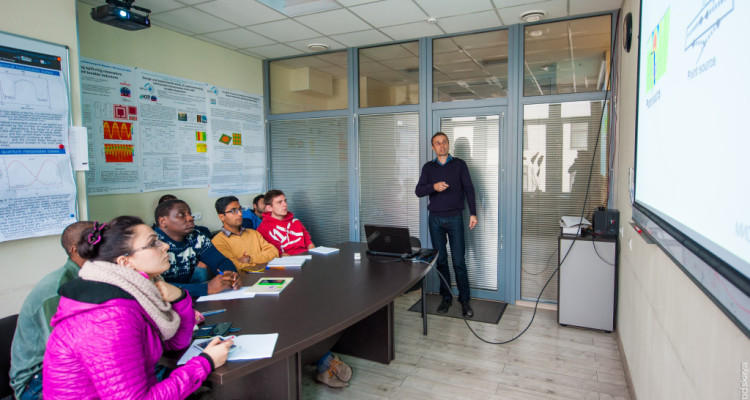
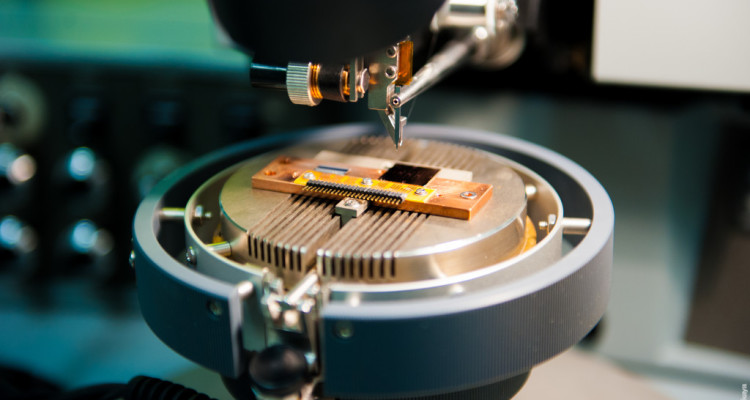
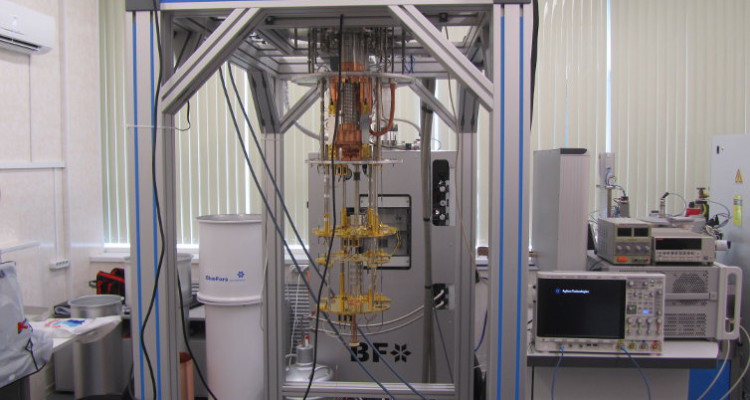
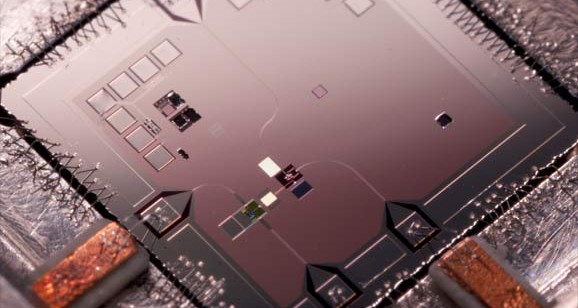
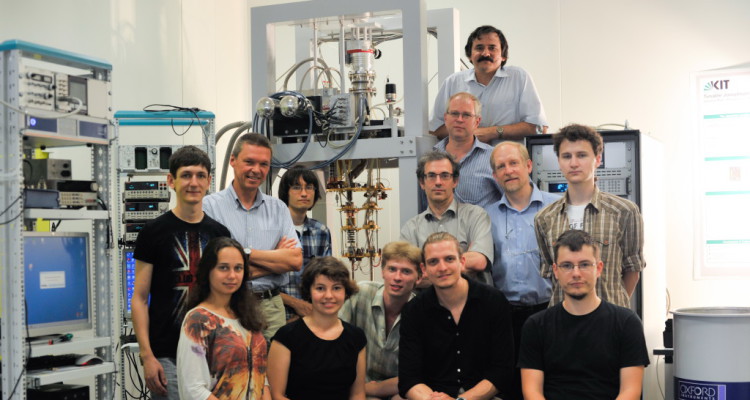
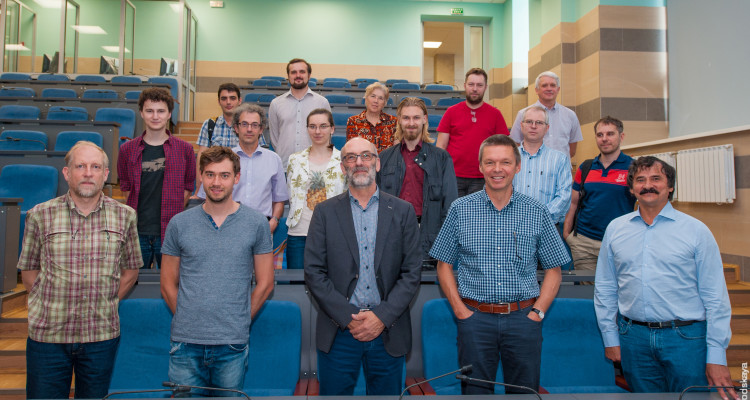
 24 May 2017
24 May 2017 